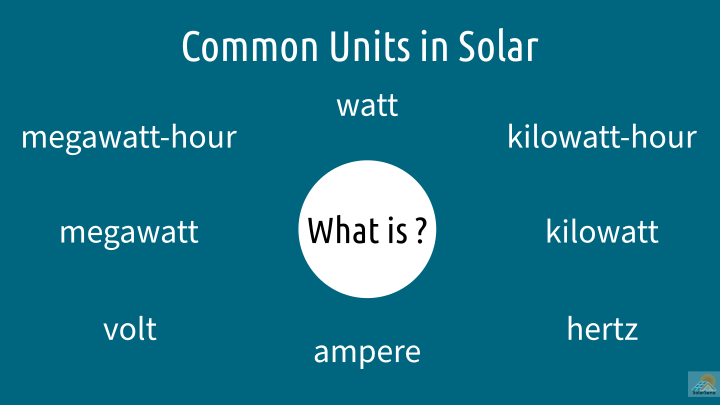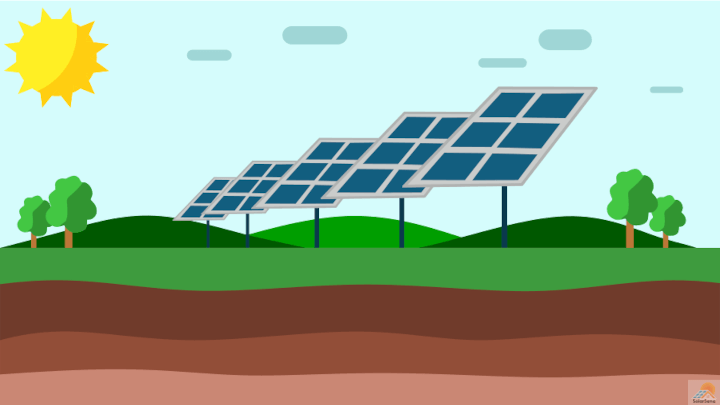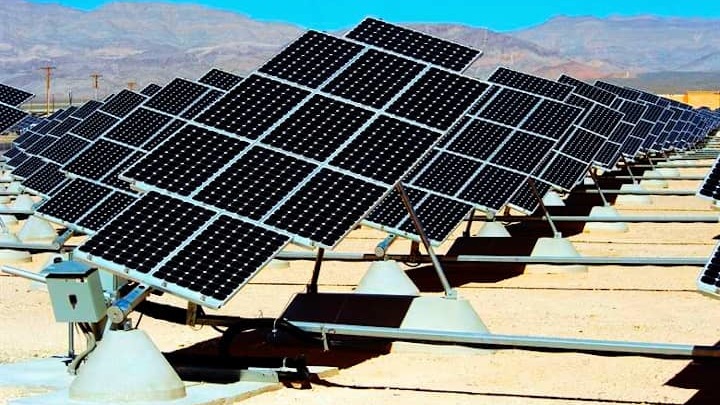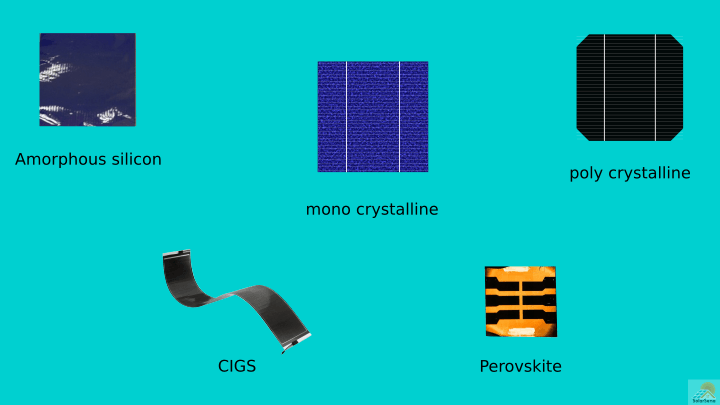Whenever we talk about numbers, there are often units associated with them. For example, “that is a 60-watt light bulb.” Here, “60” is a number, and “watt” is its unit. The watt is one of the most common units used in solar technology. But there are plenty of them, like megawatt, megawatt-hour, kilowatt, kilowatt-hour, etc.
These units are an indispensable part of numbers and add meaning to communication. When talking about solar power and electricity, we often see such units. And if you do not understand them, they will be nothing more than jargon to you. It is true, particularly for consumers. So, it is always better to acquaint yourself with such language.
Common units in solar
Power and energy are interrelated quantities. We measure solar power in the watt and its derivatives, kilowatt, megawatt, gigawatt, etc. When it comes to energy, the joule is an internationalized unit. But in solar technology, we mostly express energy in kilowatt-hour and megawatt-hour.
Watt (W)
The watt is a standard unit of power. One watt is defined as one joule of work done per second. In simple words, it is the rate of work done. A 60-watt light bulb will consume 60 joules of energy per second. When a solar panel is rated as 150 watts, it means the panel will produce 150 joules of energy per second under the ideal condition, i.e., complete sunlight exposure.
Typically, solar panels come from 200 watts to 400 watts. The more wattage solar panels have, the more solar power they produce.
The capitalized “W” symbolizes the watt.
1 W = 1 J ÷ 1 s
Kilowatt (kW)
The kilowatt is a derived unit of the watt. One kilo represents one thousand. So, one kilowatt equals one thousand watts.
1 kW = 1000 W
On average, an American household consumes 1.27 kW of solar power. Since the sun is not available all hours of the day, you will need a solar system 4 to 10 times that. Depending on where you live in the US, you may need a photovoltaic system of 6.2 kW or higher.

All the previous numbers will give you some basic understanding of what the kilowatt represents. The kilowatt is very common when we talk of residential and small- to medium-scale commercial projects.
Megawatt (MW)
The megawatt is also a derived unit of solar power but is bigger than the kilowatt. One megawatt is equal to one million watts.
1 MW = 1000 kW = 1000 000 W
The megawatt is used when we talk about large-scale commercial projects and utility power plants.

Gigawatt (GW)
One gigawatt is equal to one billion watts. It is a very big unit.
1 GW = 1000 MW = 1000 000 kW = 1000 000 000 W
We use the gigawatt when we are talking about power at the national or state level. For example, in 2018, the total photovoltaic summer capacity of the United States was 49.67 GW.
Kilowatt-hour (kW h)
The kilowatt-hour is an important unit of energy. It tells how much electricity you are using. In fact, the number of kilowatt-hours used by you is always mentioned somewhere in your electricity bill. Your utility provider charges you based on the amount of kW h consumed by you.

In 2018, the average electricity usage for American consumers was 10 972 kW h per annual. It is roughly equal to 914 kW h per month.
How do we define the kilowatt-hour?
One kilowatt-hour is equal to the amount of energy consumed by 1 kW (1000 W) of an appliance for one hour. So, if you run 100 light bulbs of each 10 W for 1 hour, the energy spent by them will be one kilowatt-hour. Now, instead of 100, you have 10 light bulbs of each 10 W. You will need to run them 10 hours to make one kilowatt-hour of energy.
Below is a list of some common household activities that are close to 1 kW h.
- showering for 7 min in an 8.5 kW electric shower
- drying laundry for 20 min in a 3 kW dryer
- cooking food for 24 min in a 2.5 kW oven
- Heating water for 40 min by a 1.5 kW electric heater
- Cleaning dishes for 33 min in a 1.8 kW dishwasher
- running a 350-watt refrigerator for 3 hours
- watching a 200-watt TV for 5 hours
- computing on a 40-watt laptop for a whole day
The relationship between the kilowatt and joule is given below.
1 kW h = 1000 W × 3600 s = 3.6 × 106 J
Megawatt-hour (MW h)
One megawatt-hour is a thousand times one kilowatt-hour.
1 MW h = 1000 kW h = 3.6 × 109 J
Since the average electricity consumption of an American customer is close to 1000 kW h per month, we can say an average American customer consumes one-megawatt-hour electricity per month.
Other units
Besides watts, there are also other units, like the ampere, volt, hertz, that are not very frequent but encounter sometimes.
Ampere (A)
The ampere is the standard unit of electric current. We denote the ampere with “A,” or “amp.”
One ampere is equal to the flow of a one-coulomb charge through a conductor in one second. You can analogize one ampere with the flow rate of water in a pipe. The more the ampere, the more flow of a charge in a conductor.
Volt (V)
The volt is a unit to measure electric potential and electric potential difference. You might have seen the warning sign of high voltages.
In the US, the standard voltage is 120 V for the power supply. Other countries may have their own standards.
The voltage is analogous to the pressure in gases. So, the more the voltage wire has, the more deadly it is.
Hertz (Hz)
The hertz is a unit of frequency denoted by “Hz.” It represents the number of cycles completed by alternating current (AC) in one second. In the US, the standard frequency is 60 Hz. It means the AC power supply completes 60 cycles in a single second.
In the case of the on-grid photovoltaic system, the electricity produced by the solar PV system must be of the same frequency as the power grid. Modern inverters and power conditioners take care of it.



